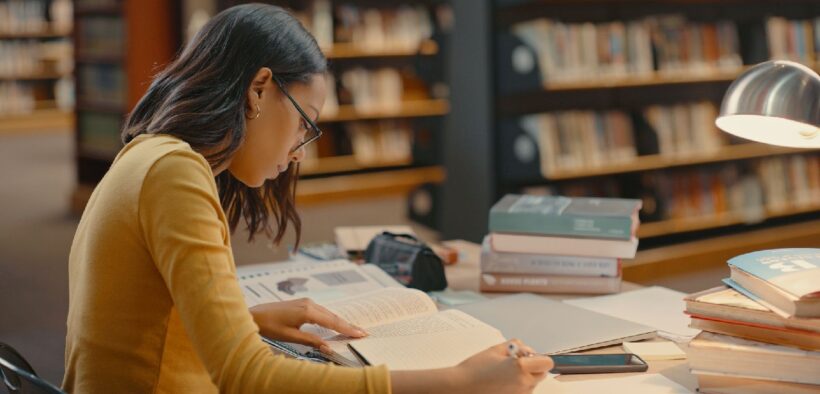First days of class are really fun. Or at least they can be. There is the energy of starting a new year and seeing a whole new cohort of students. There is the chance to unleash a new and improved pedagogy that reflects all the changes you made over the summer and the thinking and reading you have done. Did you have a new or novel pedagogical game plan this year? How different was your first day this year from what it was before?
Give Your Students Tools for Effective Learning

Related Articles
I have two loves: teaching and learning. Although I love them for different reasons, I’ve been passionate about...
Active learning is a mostly meaningless educational buzzword. It’s a feel-good, intuitively popular term that indicates concern for...
Perhaps the earliest introduction a student has with a course is the syllabus as it’s generally the first...
Generative AI allows instructors to create interactive, self-directed review activities for their courses. The beauty of these activities...
I’ve often felt that a teacher’s life is suspended, Janus-like, between past experiences and future hopes; it’s only...
I teach first-year writing at a small liberal arts college, and on the first day of class, I...
Proponents of rubrics champion them as a means of ensuring consistency in grading, not only between students within...








